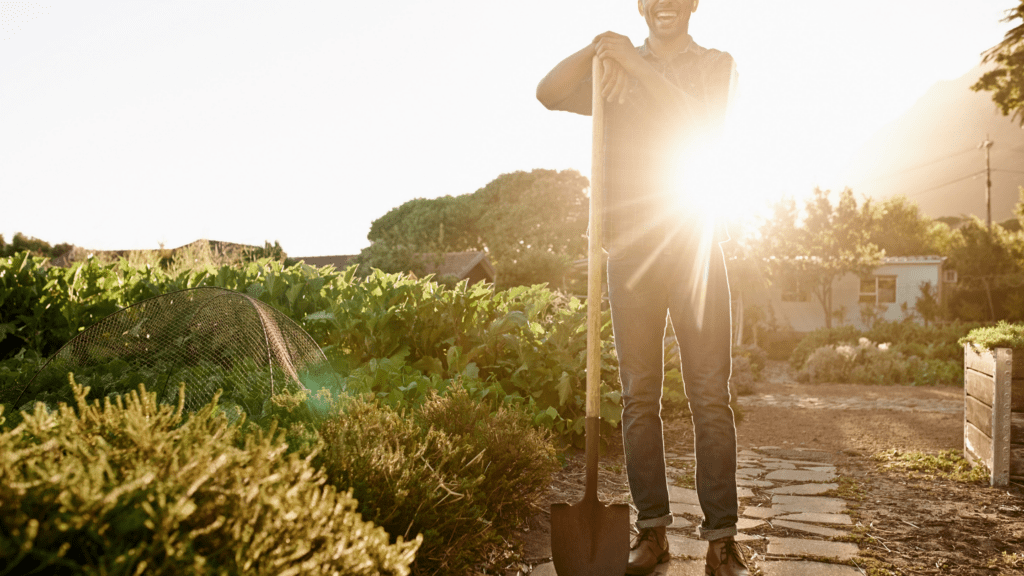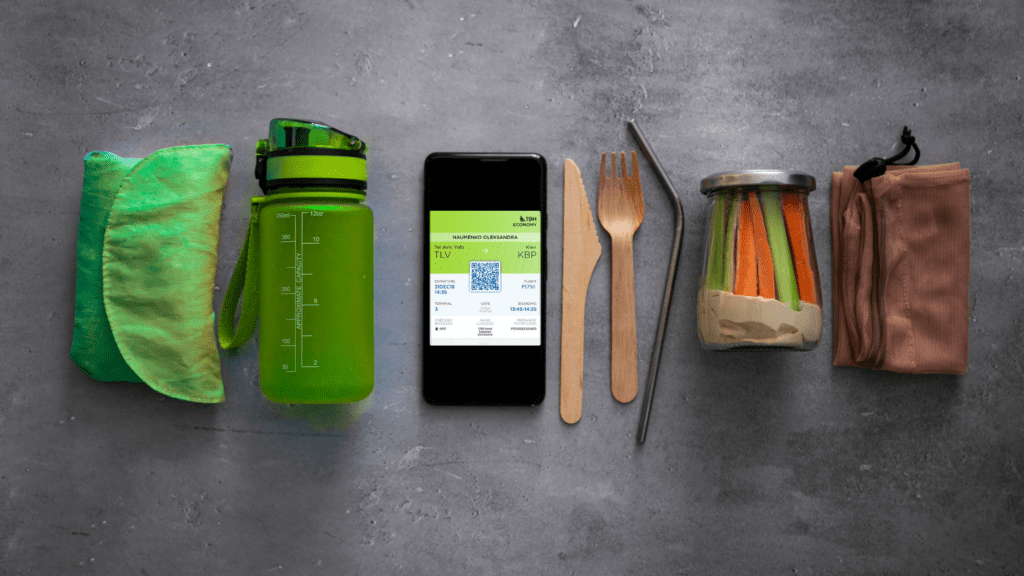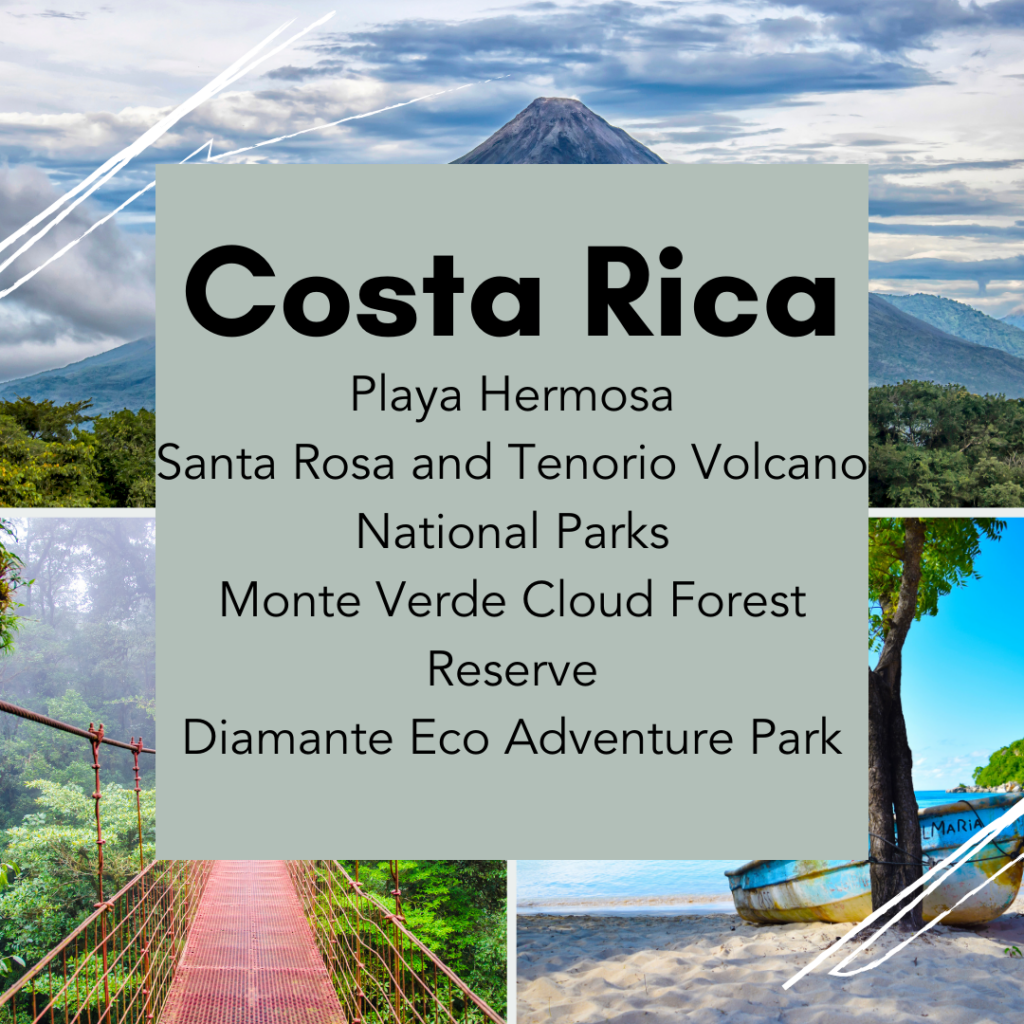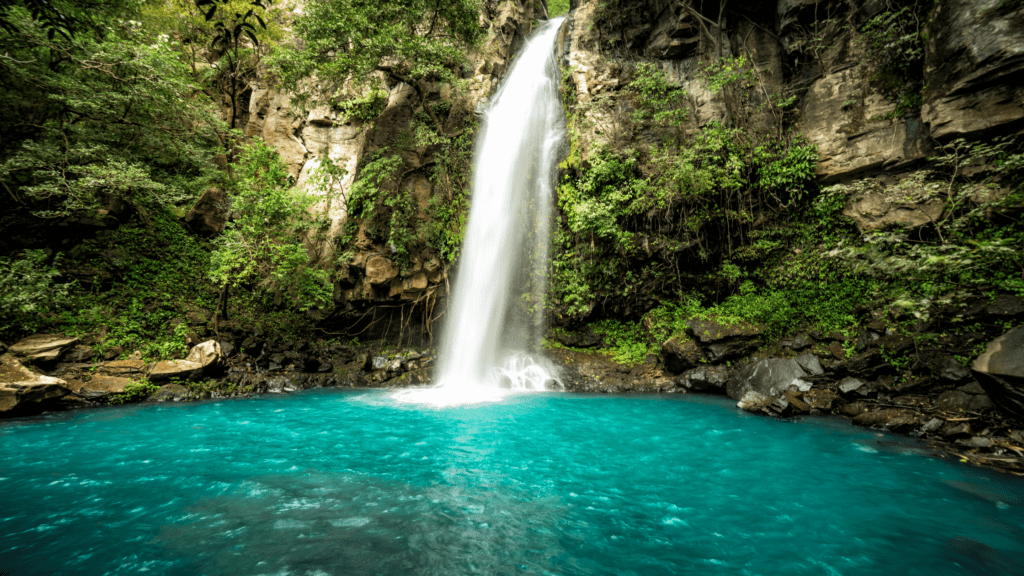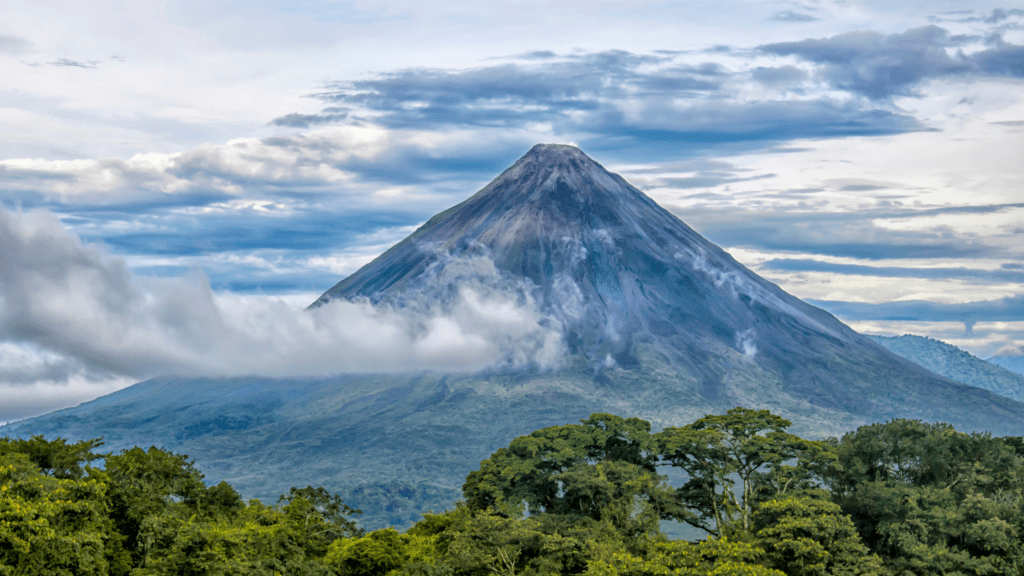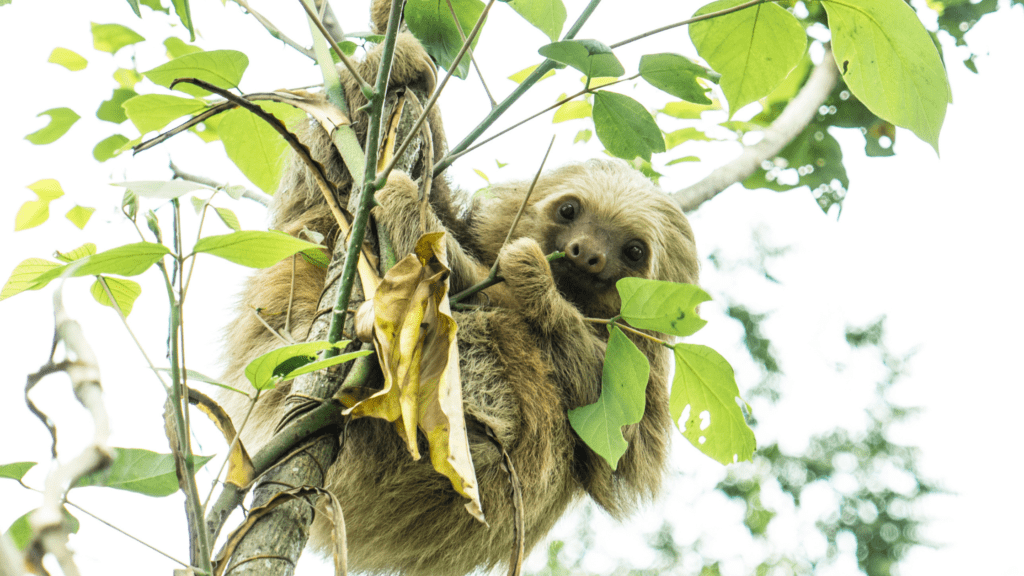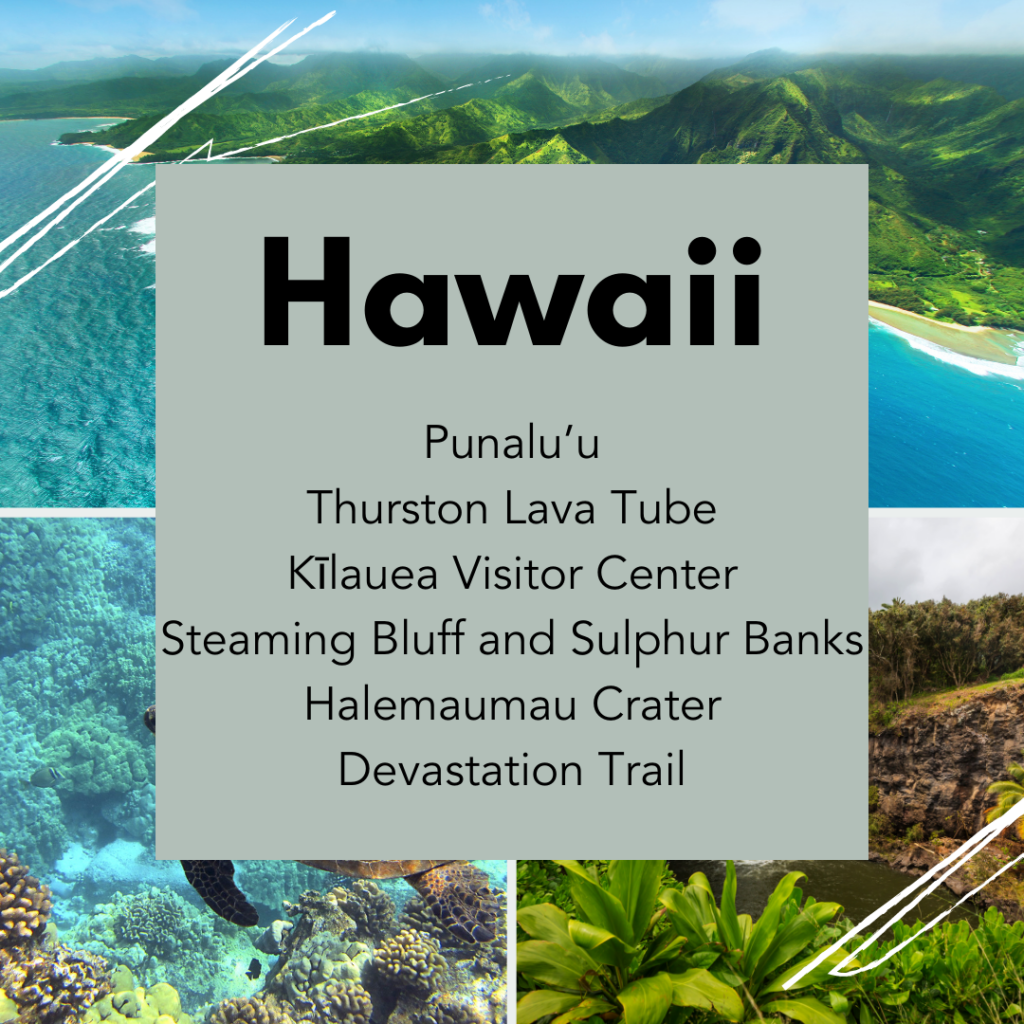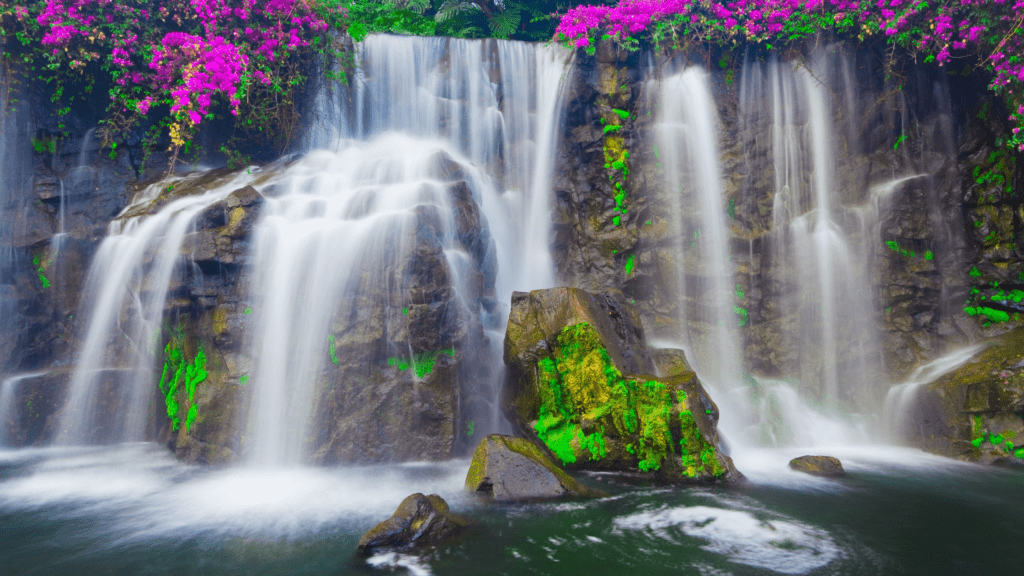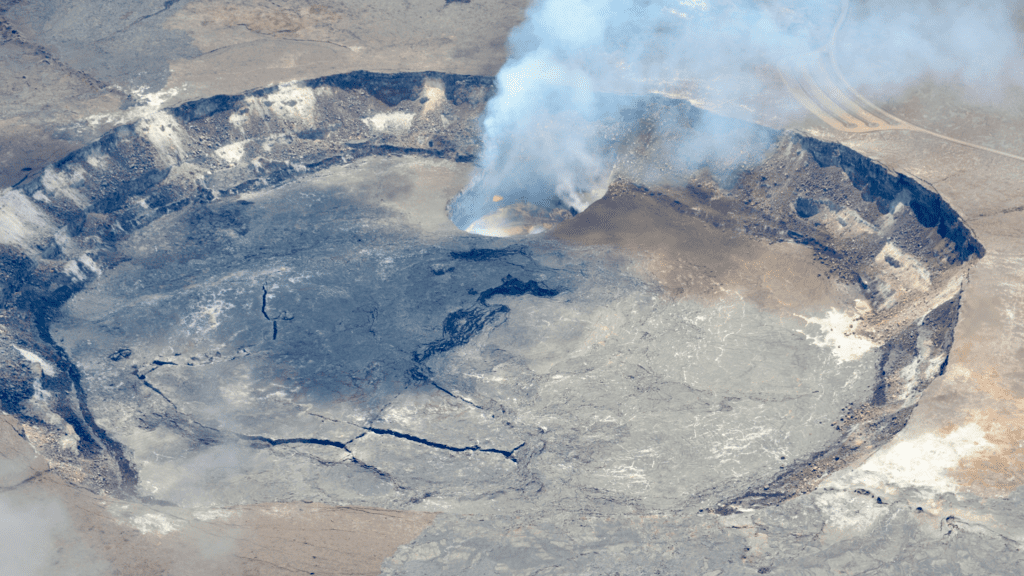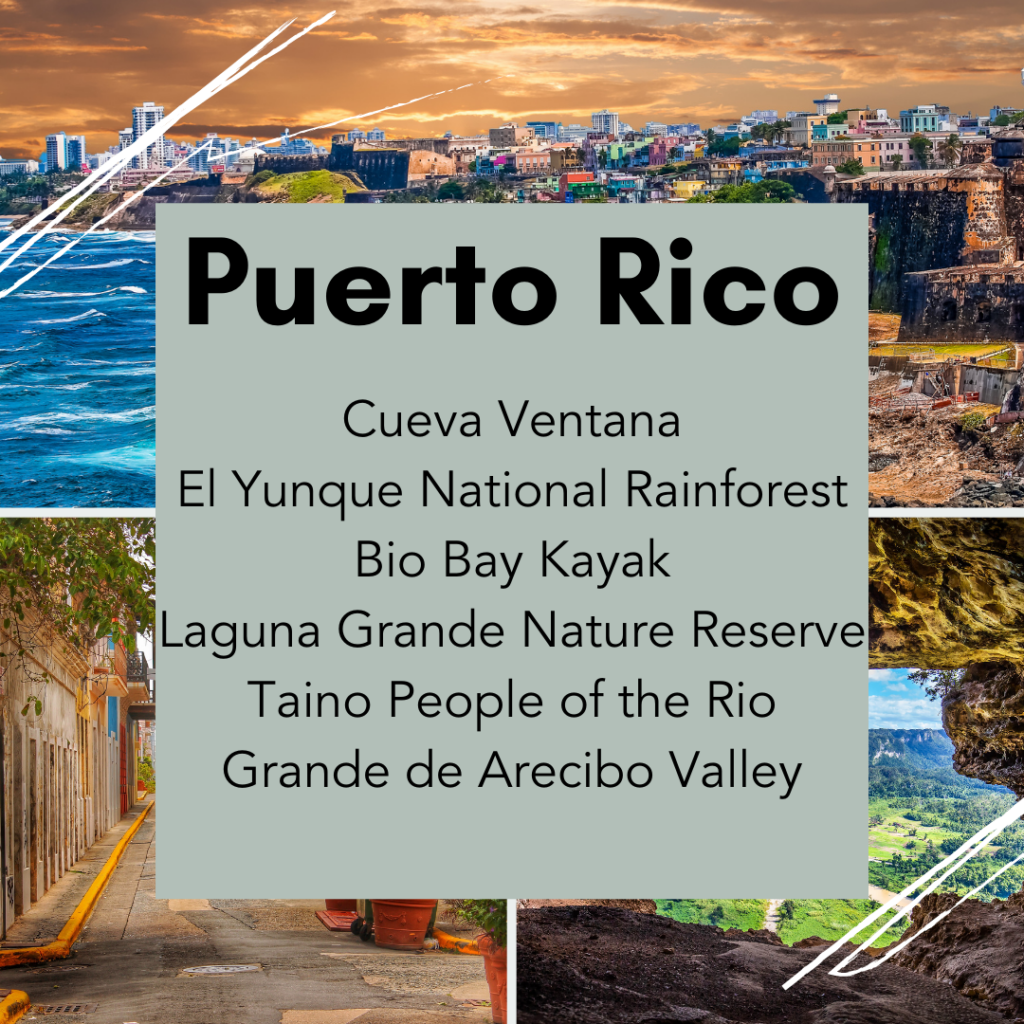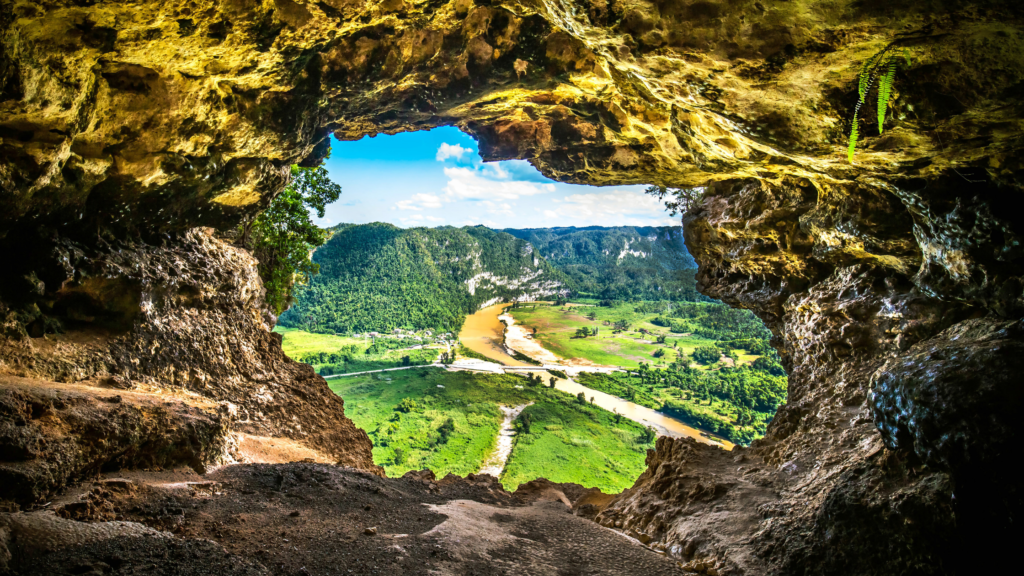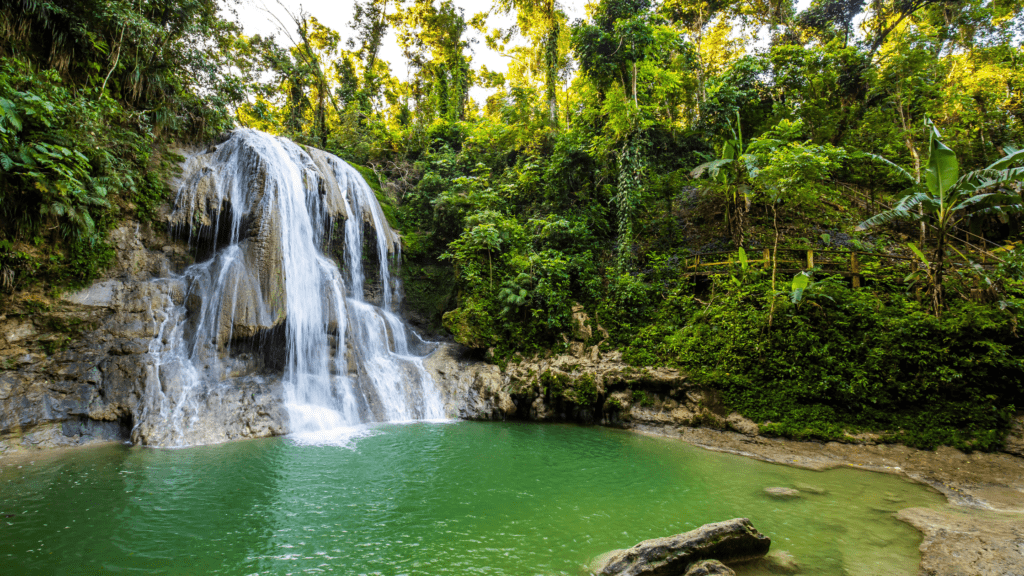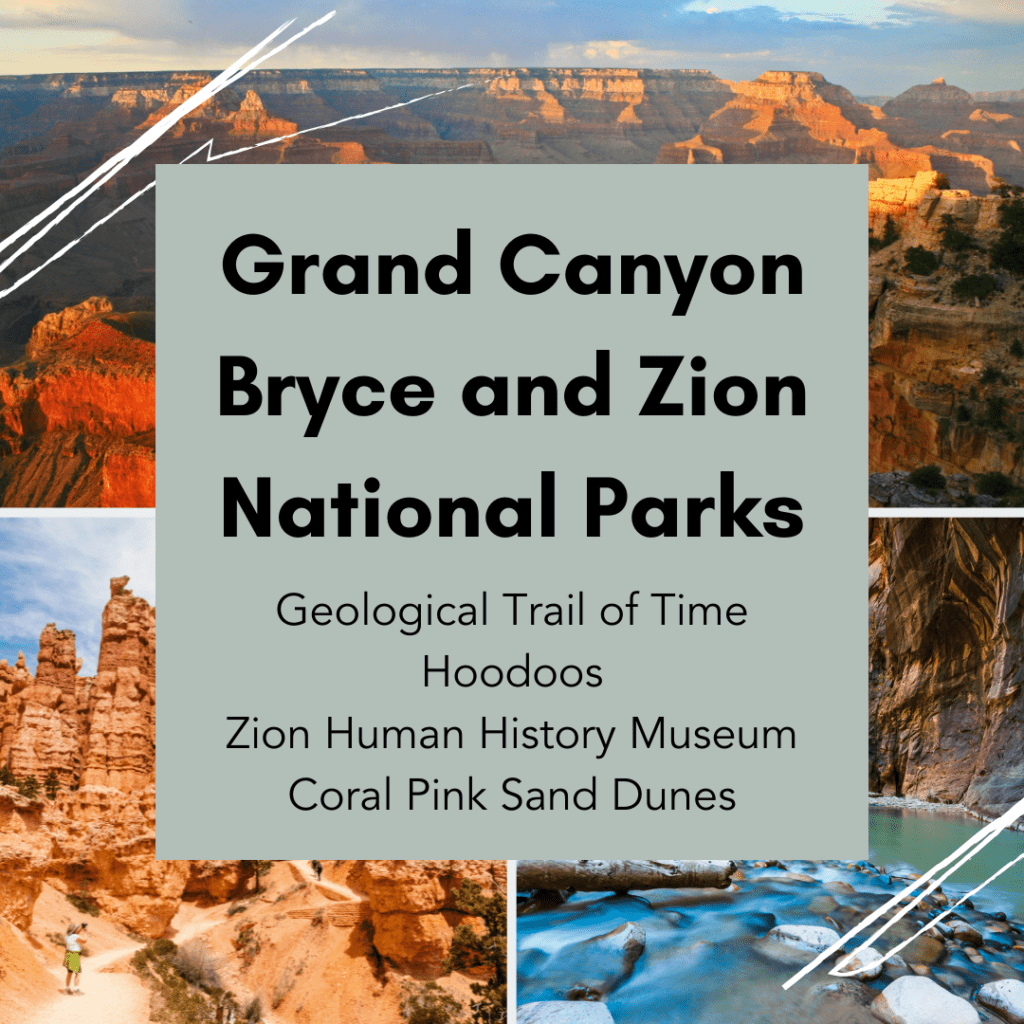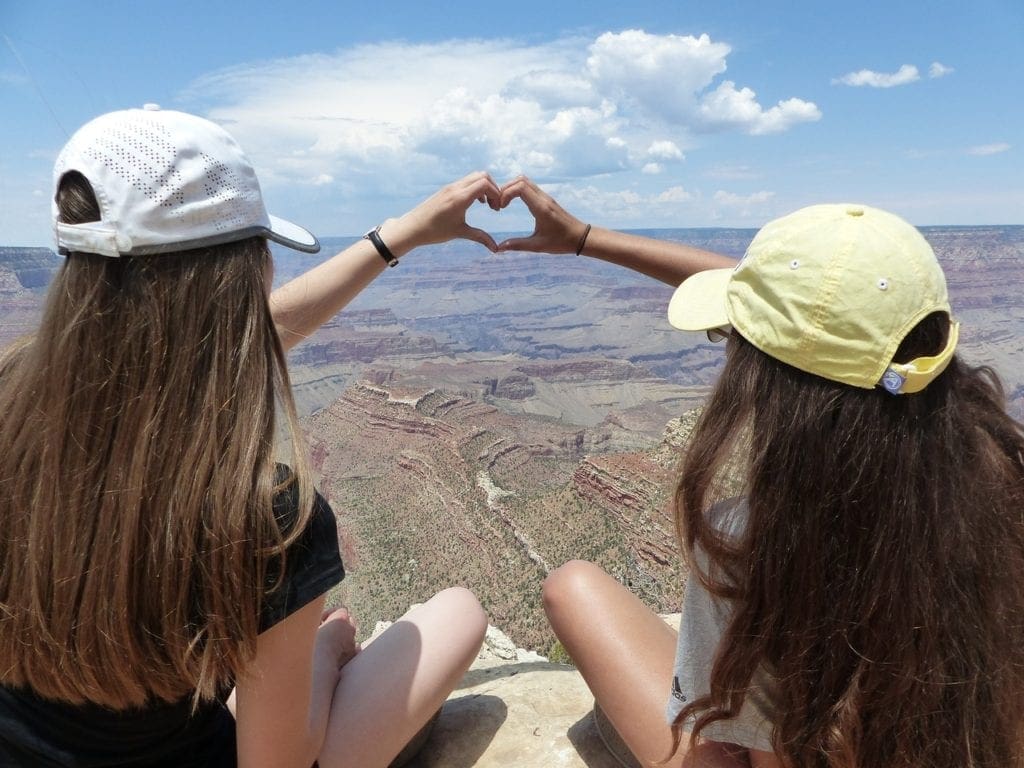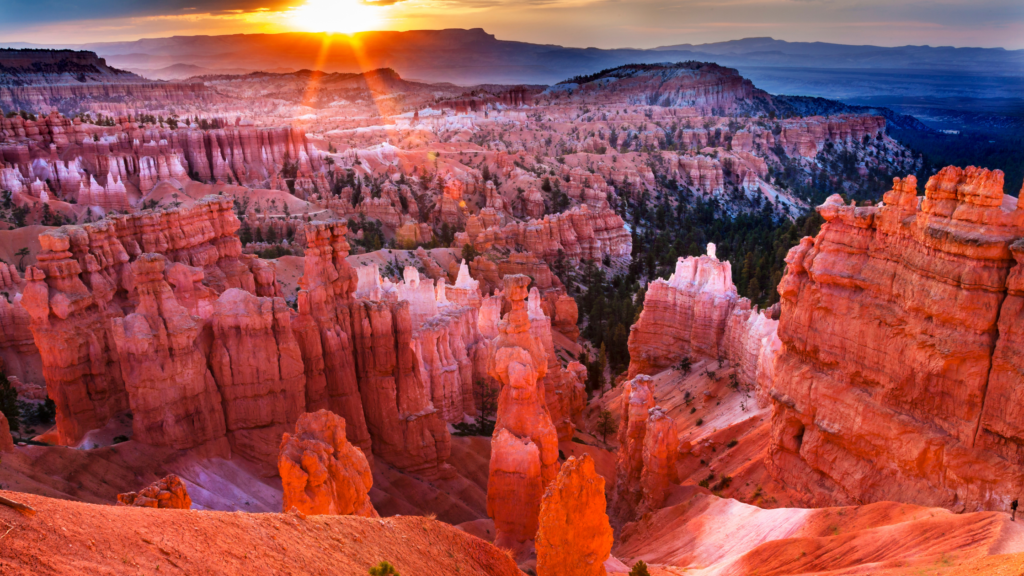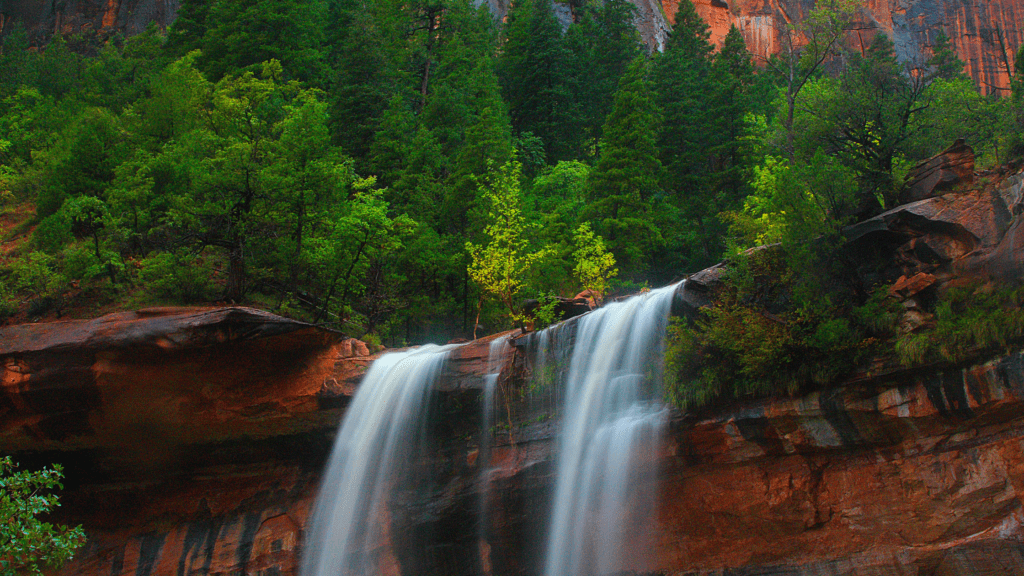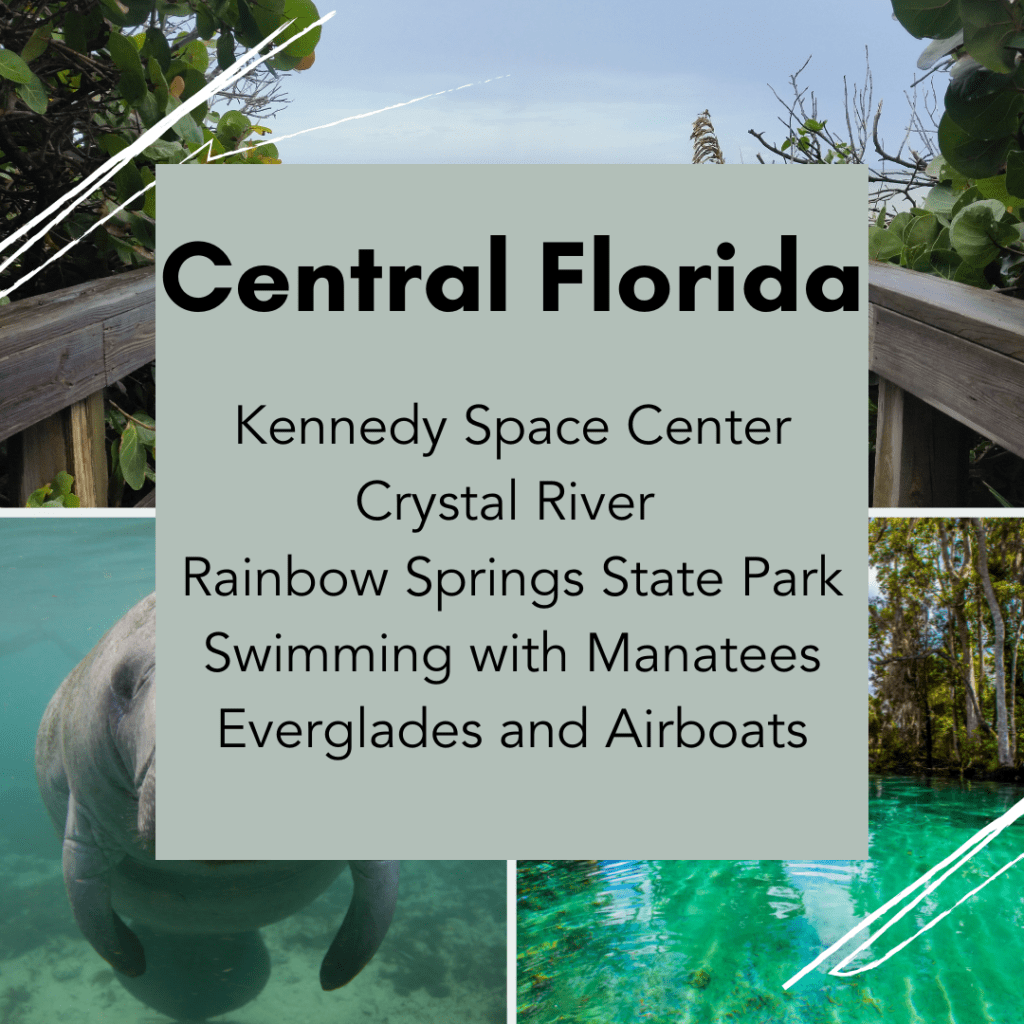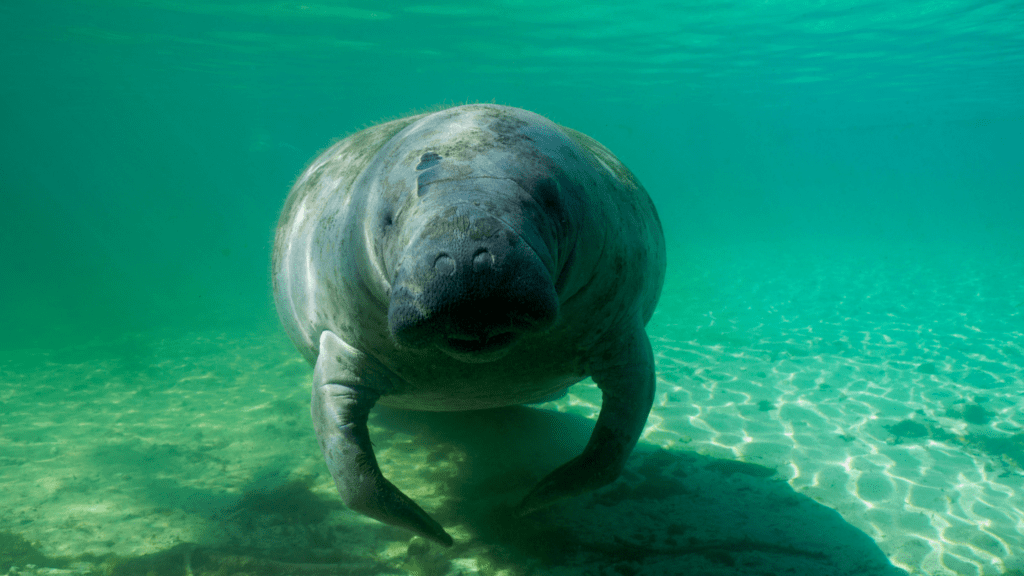Sustainable Student Travel
Teaching Sustainability Through Travel
Today’s students are so much more in tune with the environment than I ever was. I’m still figuring out those blue bins… and I get an eye roll from my daughter when I’m confused by which items to compost, reuse, or recycle!

I recently went to a baby shower during which the young mother-to-be requested only gifts that were gently used – definitely a first for me!
When it was time to buy a new car, our son insisted on a hybrid. He would have preferred fully electric, but we weren’t quite ready to make the leap.
(Sidenote… now that gas prices are through the roof, we are kicking ourselves!)
Sustainable Careers
The point is that this generation is powered by the concept of sustainability. It has become a key component of business strategies and operations. As a result, new career paths are emerging for our youth.
Between 2016 and 2020, there was a 45% increase in the number of businesses expressly committed to sustainable sourcing practices.
Additionally, a 2020 GreenBiz State of the Profession report showed that 67% of sustainability hires came from outside a large company.
Translation… environmental careers and sustainability professionals are now some of the most in-demand careers in the world!
What’s Driving the Demand?
So why the surge? Experts point to several factors fueling this cultural shift:
- Climate change
- Consumer demand for sustainable products
- Agricultural needs for an increasing population
- Interest in reducing the carbon footprint
Each of these contributes to a growing interest in preserving the earth’s resources – especially among Gen Zers.
Classrooms to Green Careers
As the emphasis on sustainability grows exponentially, America’s classrooms are keeping pace. Many are integrating STEM more efficiently, establishing mentor programs, incorporating work/learning into the curriculum, and TRAVELING!
These kinds of first-person, hands-on experiences pave the way for future successes in the rapidly growing green careers. Students are preparing for careers in a global workplace and getting out into that world is a key piece of the learning puzzle.
Colleges have known for years about the tremendous benefits associated with travel. Studying abroad “not only gives students the ability to learn about the world, but it allows them to explore different career options and develop different pathways to career opportunities.”
The same principle applies to student travel. Giving middle and high school students a chance to explore new places, meet new people, and understand the full breadth and depth of career options available is priceless.
5 Fabulous Reasons Kids Should Travel
What IS Sustainable Travel?
You may have read this far but still wonder “what is sustainable student travel?” Sustainable travel is about achieving a balance between economic growth, human well-being, and environmental health.
It focuses on reducing tourism’s negative impacts and on maximizing its positive benefits for communities, cultures, ecosystems, and the planet.
For our purposes, it also refers to travel that encourages students to learn about the environment, the impact humans have, and how they can affect change through their personal and professional lives.
Traveling to a new destination – across the state or across the world- is an opportunity to learn!
How Can We Practice Sustainability While Traveling?
You can practice sustainability in travel anywhere you go. There are things we can all do to create a smaller footprint. For example, teach your students to
- Carry a refillable water bottle
- Travel by train or motorcoach when possible (cleaner and more efficient)
- Stay at “green” properties
- Conserve energy by turning lights off when not in use, taking quick showers, reusing towels, and lowering the thermostat
- Buy local (never a problem for students!)
These are just a few small ways we can all travel a little smarter and do our part in the communities that host us.
Where Can We Go?
So… where are these mythical places that will open the eyes and minds of our students and set them on the path to a sustainable future?
The answer is of course EVERYWHERE! However, there are a few great sustainable student travel options for teachers to consider.
Costa Rica
Costa Rica is a beautiful and vivid country with a focus on the future and green technology. In 2018, it generated 98% of its electricity for 300 days from renewable sources like wind, rivers, sun, and even volcanoes.
Students interested in this kind of forward-thinking technology and application will find an abundance of resources to study in Costa Rica.
Biodiverse Environments
Guanacaste (on Costa Rica’s Pacific side) is home to beautiful, black volcanic sand beaches like Playa Hermosa and biodiverse national parks like Santa Rosa and Tenorio Volcano National Parks.
Students can explore home crystal clear turquoise pools and waterfalls or hike trails in Rincon de la Vieja Volcano National Park to get up close and personal with an active volcano. They can also enjoy natural hot springs and bubbling mud pits in the beauty of a tropical forest.
Microclimates
Costa Rica is only about as big as West Virginia yet boasts 12 distinct microclimates. Students will be amazed to learn that while it is near the equator and considered “tropical,” its temperature varies from hot and humid to cold and frosty (depending on elevation).
The two main seasons are dry (December – April) and rainy (May – November). The tilt of the earth and the sun’s intensity play a role as well. It’s a fascinating study of how geography impacts weather and a great science lesson for students.
Cloud Forests and Hummingbirds
One climate sure to be a hit with students is the cloud forest. There are cloud forests throughout the central highlands of Costa Rica.
The Monteverde Cloud Forest Reserve near San Jose is a stellar example of this magnificent environment. The low-level cloud cover (usually at the canopy level) exists somewhere between 3,000 and 8,000 feet. It’s a magical area ecologically rich in unique flora and fauna.
Costa Rica is one of the most biologically diverse countries in the world, home to 4% of known species of plants and animals. Talk about connecting the classroom to reality!
Animal Sanctuaries
There are animal sanctuaries like Diamante Eco Adventure Park scattered throughout Costa Rica. It has world-class habitats for some of the most amazing creatures on earth.
Students can view and learn about the biology, ecology, and natural history of the animals. This place really focuses on education and raising awareness for the respect and protection of wildlife. Oh- did I mention? The kids can get up close and personal with one of the cutest critters of all- the sloth!
Hawaii
Hawaii is a living, breathing outdoor classroom. Each nook and cranny is packed with natural wonders to study and explore.
Punalu’u
Learn about Punalu’u’s ‘explosive’ history, unique black sand beaches, and volcanic reef below crystal waters teeming with tropical fish.
Fun fact! This is one of the only places in the world where endangered Hawksbill turtles will sun themselves right on the beach!
Thurston Lava Tube
Hike the Thurston Lava Tube Trails and cavern where lava flowed thousands of years ago in the middle of a giant fern forest.
Devastation Trail
Walk paved trails (wheelchair accessible) through the baron cinder fields formed when Kilauea Iki erupted in 1959.
Kīlauea Visitor Center
Students will dive into the science of volcanoes at Kīlauea Visitor Center. They’ll learn about tectonic plates, the Ring of Fire, and the latest eruption information.
Steaming Bluff and Sulphur Banks
Students will feel hot water vapor as it billows from the ground in steam vents. This striking phenomenon is created as groundwater seeps down to rocks heated by magma deep underground. The rocks are so hot that it vaporizes the water, returning it to the surface as steam.
Just a short distance away are the Sulphur Banks. Fumes from the Sulphur Banks are incredibly hot (around 205° F) and incredibly smelly!
Halemaumau Crater
This active volcano is one of the most mercurial landscapes on earth. Since May of 2018, the changes here have been remarkable even by scientific standards.
Take a crater rim tour to see firsthand how the crater has drained, cracked, begun to collapse, and formed a water lake – all within the last 3 years.
Puerto Rico
If you want to plan an ‘international’ trip without the fuss, check out Puerto Rico. It’s a stunningly beautiful region with an abundance of ecological resources.
Students enjoy a multi-ethnic experience without ever leaving the United States. The climate is gorgeous year-round, and airfare is surprisingly affordable. Puerto Rico is a perfect destination for a sustainable student travel trip!
Cueva Ventana
Cueva Ventana means “window cave,” a very fitting description for this natural wonder! Take a guided tour through the cave for magnificent views of the Rio Grande de Arecibo Valley.
Students also get a first-hand look at petroglyphs and stone engravings left by the Taino people. This is one of the most “Instagrammed” spots in Puerto Rico so prepare for an onslaught of teen selfies!
El Yunque National Rainforest
Imagine taking students into the heart of a rainforest without ever leaving the U.S. National Park System! El Yunque features more than 240 species of plants and wildlife, stunning waterfalls, and hiking trails.
Some species can ONLY be found in this lush environment. It’s a deep dive into the diverse ecosystem of Puerto Rico and a fantastic addition to the itinerary.
Bio Bay Kayak
This is an incredible experience that you won’t get anywhere else in the world! Bioluminescence is one of Earth’s best-kept secrets and students can see it first-hand at Fajardo Bio Bay.
The Fajardo Bio Bay Kayak Tours are a nighttime adventure through naturally glowing water trails of a mangrove forest. Students will learn about bioluminescence, the Laguna Grande Nature Reserve’s ecosystems, and constellations while kayaking through calm, sparkling water.
Breathtaking!
Grand Canyon, Bryce, and Zion National Parks
The Grand Canyon, Bryce, and Zion National Parks are perfect for sustainable travel a little closer to home. Each is uniquely distinct and packed with opportunities to learn!
The Grand Canyon is one of the seven wonders of the world and a breathtaking experience. Students can choose from several outdoor education programs and tours to learn how the canyon was formed and continues to change today.
Walk the park’s Geological Trail of Time or just explore the South Rim. It’s an adventure your students will never forget!
Bryce Canyon boasts the largest collection of hoodoos in the world! Students get up close and personal with these spectacular rock formations on the Grand Staircase. Stay until dark to watch the stars dance in the clear black night sky.
Every vista is a stunning glimpse of gorgeous red, perfect pink, and geological wonders that inspire!
Just a quick 30 miles from Bryce is Zion National Park. Tour the Zion Human History Museum (temporarily closed but due to re-open soon), see the Checkerboard Mesa, or hike the Canyon Overlook Trail.
While you’re in the area, jump over to the Coral Pink Sand Dunes State Park to investigate the beautiful Navajo sandstone dunes estimated to be around 15,000 years old.
Central Florida
Most of us think of princesses and superheroes when we talk about Central Florida. However, it’s also a phenomenal spot for science!
Crystal River and Rainbow Springs State Park
These two Florida favorites are only minutes from each other. Crystal River is the only place in Florida where you can swim with manatees. During the winter months, hundreds of them migrate here to escape the colder temperatures throughout the Gulf of Mexico.
Rainbow Springs State Park is also an ecological education goldmine. Students can snorkel the sapphire waters, explore gardens and waterfalls and tube the river.
Airboats and Adventure
Boggy Creek is an eco-adventure students love. Study the watershed, wetlands, and flood management before racing off on a thrilling airboat tour of the Everglades.
Kennedy Space Center
The Kennedy Space Center Visitor Complex offers an in-depth look at the birth of space exploration and ongoing missions. Students will love going behind the scenes of a working spaceflight facility and exploring the technology behind our race to the moon.
They’ll be stunned as they encounter the space shuttle Atlantis in its permanent home on the Space Coast. Imagine letting them strap in for lift-off during the Shuttle Launch Experience®!
Kennedy Space Center has education-focused learning specializing in STEM at its best, as only NASA can.
Sustainable Student Travel
Teaching sustainability through travel is one of the best ways to introduce students to green practices and professions. It allows them to explore diverse destinations, unique cultures, and surprising careers.
Traveling sustainably also encourages a profound awareness of the responsibility we all share – caring for our planet. As for me, I’ll keep trying to win the game of the blue bin! 🙂
Why Kaleidoscope Adventures?
As a leader in the student travel industry for 30+ years, Kaleidoscope Adventures exceeds expectations for student and performance group travel.
We’ll work with you to plan an exceptional travel experience and provide impeccable customer service from start to finish
Learn More


